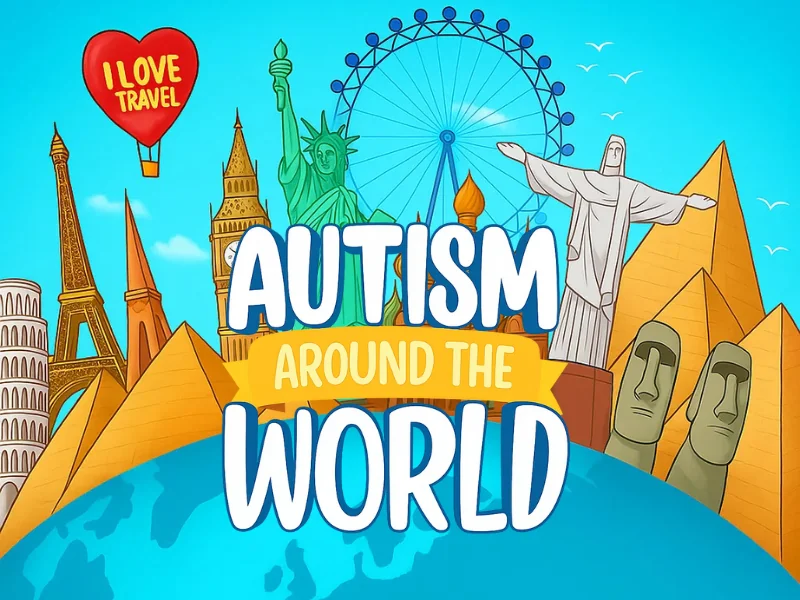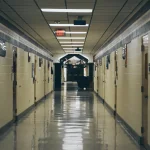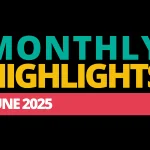Welcome to Autism Around the World, a new series exploring what life is like for autistic people across different countries. Each month, we’ll highlight autistic voices, look at laws and protections, uncover barriers, and celebrate achievements that shape autistic lives worldwide.
We begin in the southern hemisphere with Australia and New Zealand—two nations known for their stunning landscapes, rich cultures, and growing autistic advocacy. From well-known leaders to everyday experiences in education, healthcare, and work, this first stop reveals both the progress made and the challenges that remain.
Autism-Related Facts About Australia and New Zealand
Australia and New Zealand are home to incredible autistic people and important developments in autism awareness, research, and representation.
Here are some autism-related facts you might not know:
Hannah Gadsby, an Australian comedian, writer, and actor, often explores life as an autistic person in her shows. She first rose to prominence after winning the Raw Comedy competition in 2006.
Around 1 in 100 children in Australia and 1 in 54 children in New Zealand are autistic. In 2018, there were over 205,000 autistic people in Australia, and by 2020, there were more than 93,000 in New Zealand.
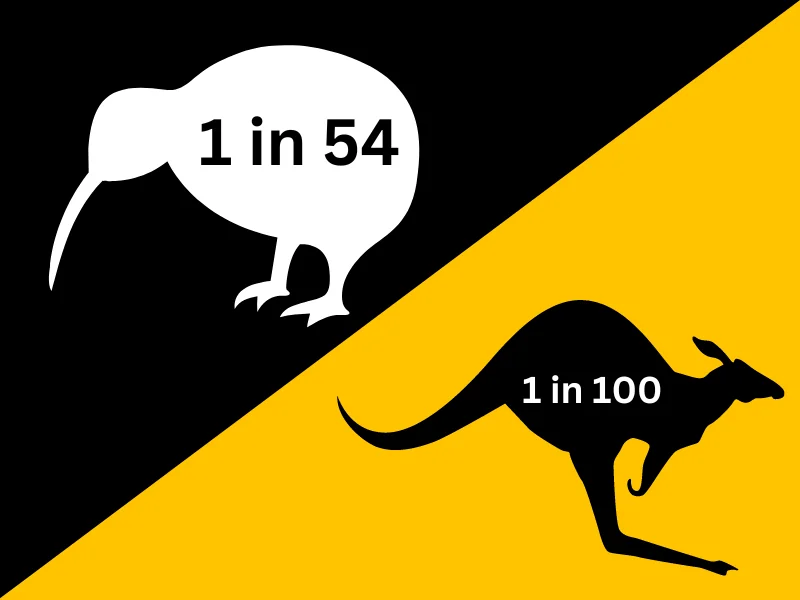
In both countries, boys are four times more likely than girls to be diagnosed as autistic.
The average age of autism diagnosis is 3–5 years in Australia and 6.5 years in New Zealand.
New Zealand musician Ladyhawke (Phillippa “Pip” Brown) is open about her autism diagnosis. She is a multi-award-winning artist known for her synth-pop revival sound.
Immigration laws in both Australia and New Zealand can make it difficult for people with significant support needs to obtain residency. Families with autistic children have sometimes had visas denied on these grounds.
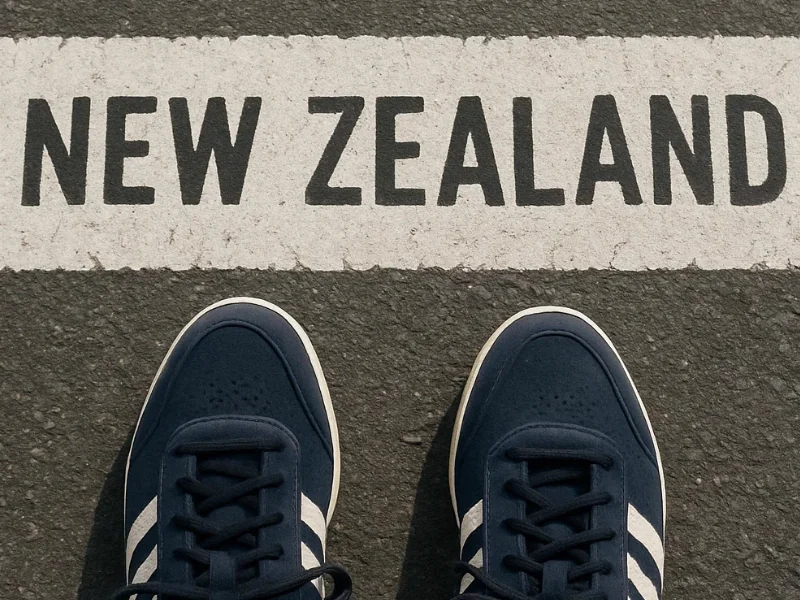
Award-winning Auckland University mathematics professor Professor Dimitri Leemans moved to New Zealand from Belgium in August 2011 with his wife, Francoise Duperoux, their 5-year-old daughter, Margaux, and his stepson, 13-year-old Peter Gourle, after winning a job at Auckland University, but after his residency application was rejected because of his stepson’s autism, he along with his family left New Zealand.
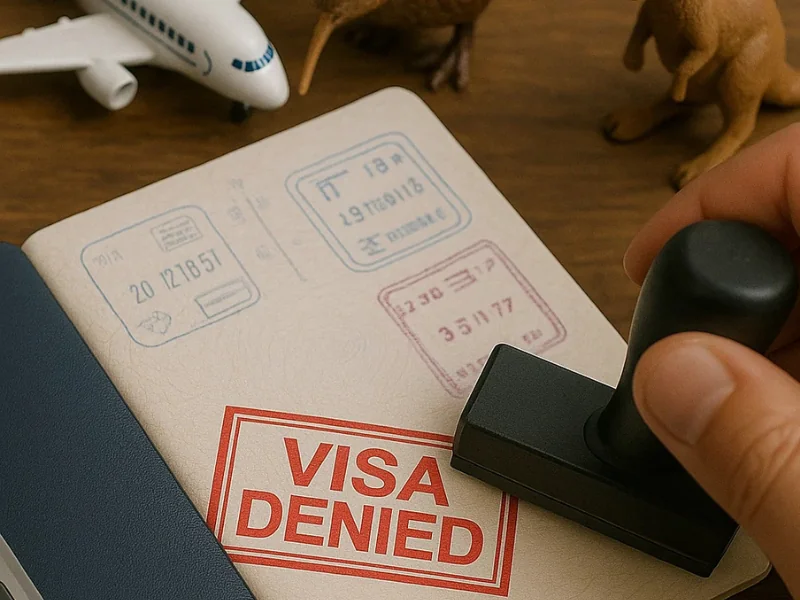
The Māori word for autism is “Takiwātanga”, which translates to “in his/her own time and space.” Traditional Aboriginal languages in Australia do not have a direct equivalent for autism.
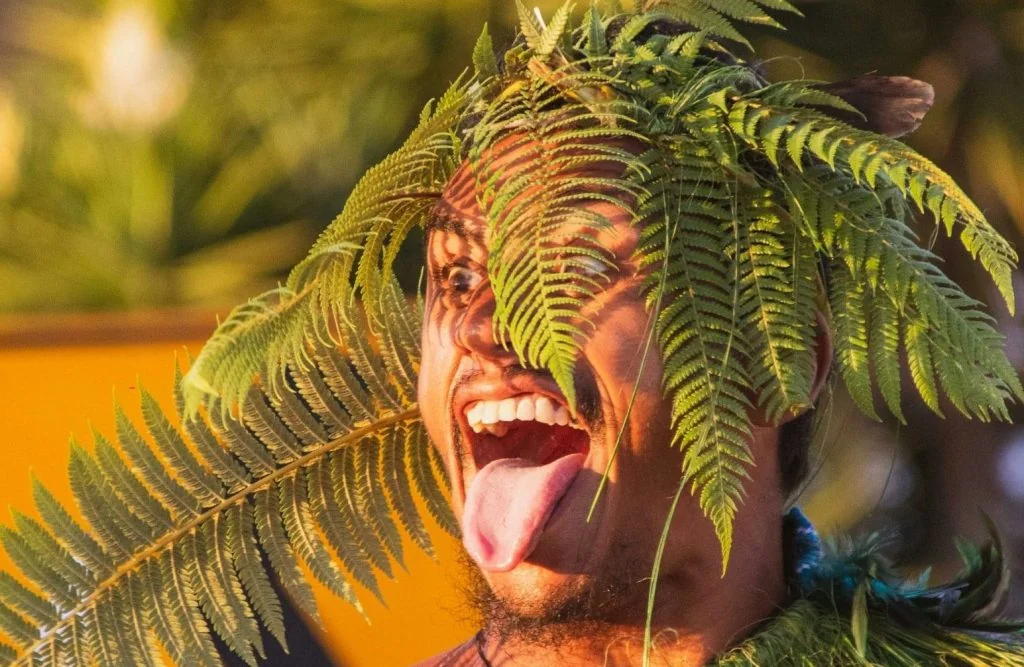
The Olga Tennison Autism Research Centre (OTARC), Australia’s first dedicated autism research centre, opened in Melbourne in 2008.
Australian films such as Somersault, The Black Balloon, and Mary & Max include autistic characters, helping raise awareness through cinema.
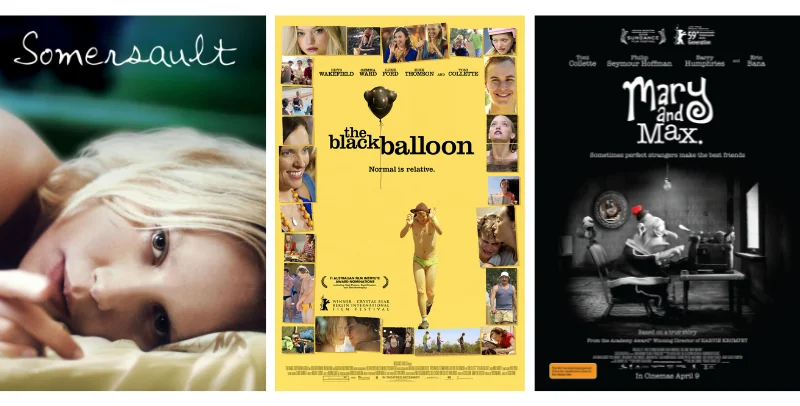
New Zealand’s longest-running drama Shortland Street introduced its first autistic character in 2009, played by Virginie Le Brun.
In 2022, the Australian Government announced the development of a National Autism Strategy to better support autistic people and their families.
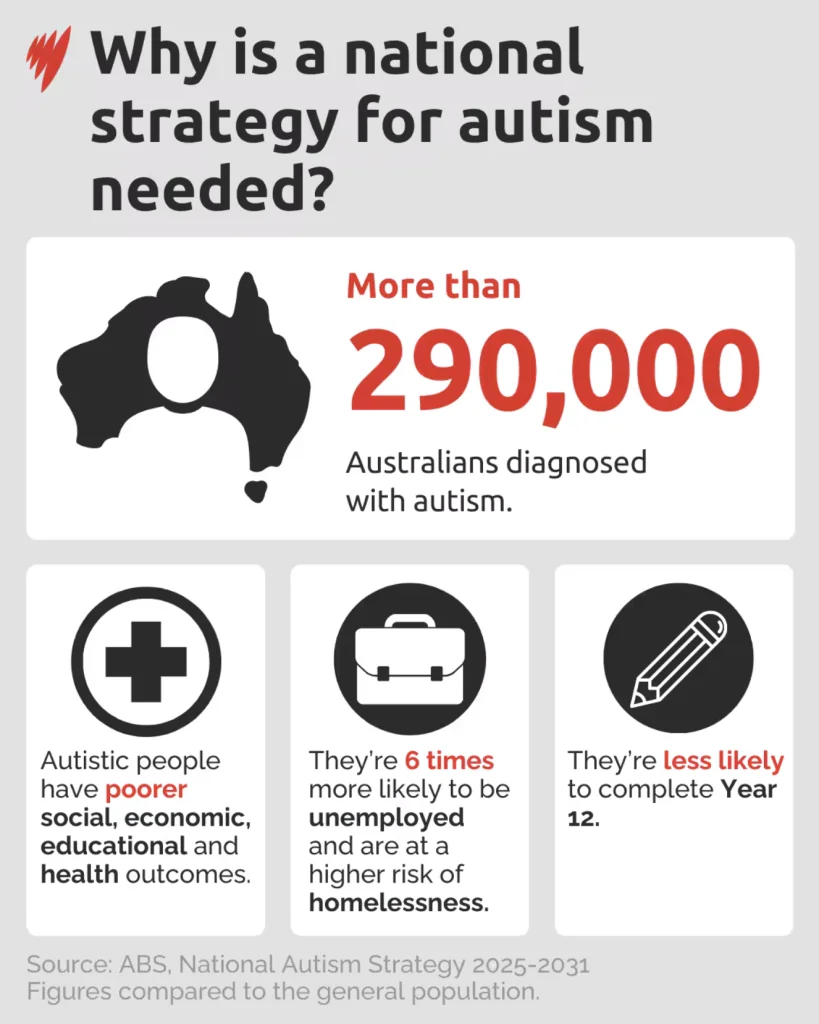
Also in 2022, Emily Bourke was appointed as South Australia’s first Assistant Minister for Autism, making her the first politician in the country to hold such a role.
More than 20% of Special Olympics athletes in New Zealand are autistic.
Beloved New Zealand actor and presenter Sonia Gray has spoken publicly about her autistic daughter, Inez, raising awareness for parents and families.
Australian soap Home and Away featured an autistic character, Mikey Dunn, played by Trent Atkinson in 2002–2003.
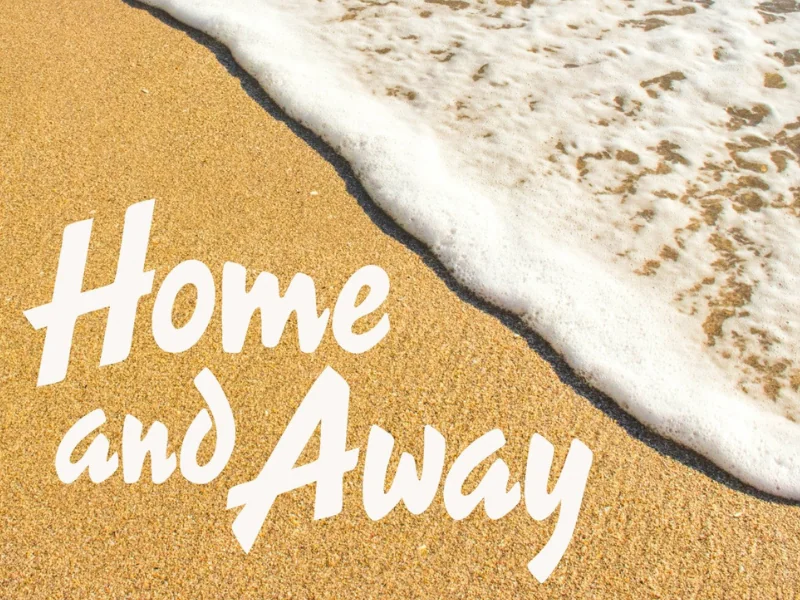
David Campion, an autistic athlete from Australia, represented his country as a snowboarder in the 2017 Special Olympics World Winter Games in Austria.
Acclaimed Australian filmmakers Jocelyn Moorhouse and PJ Hogan, known for Muriel’s Wedding, are parents to two autistic children.
Susan Te Kahurangi King, a New Zealand artist born in 1951, is autistic and gained international recognition in 2009 for her intricate, imaginative drawings.
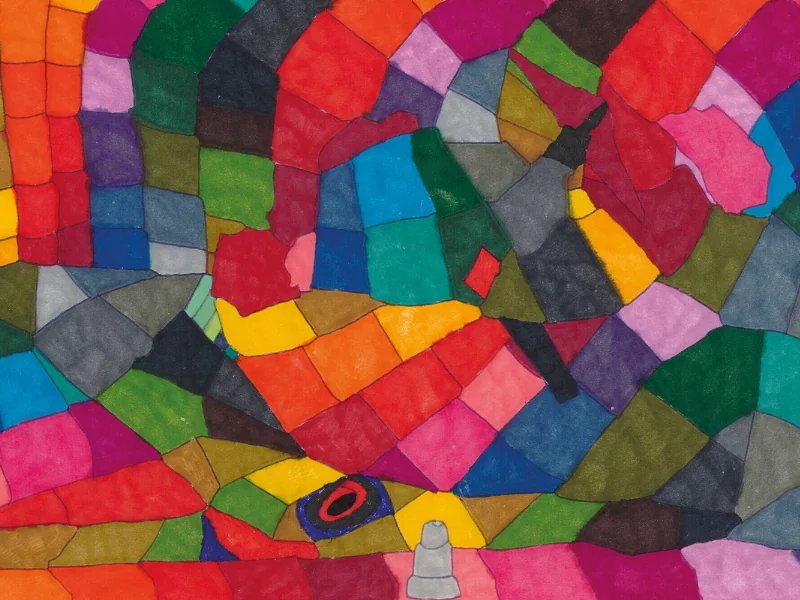
Australian actor Russell Crowe portrayed mathematician John Nash in A Beautiful Mind. While Nash was never formally diagnosed, some now believe he may have been autistic as well as living with schizophrenia.
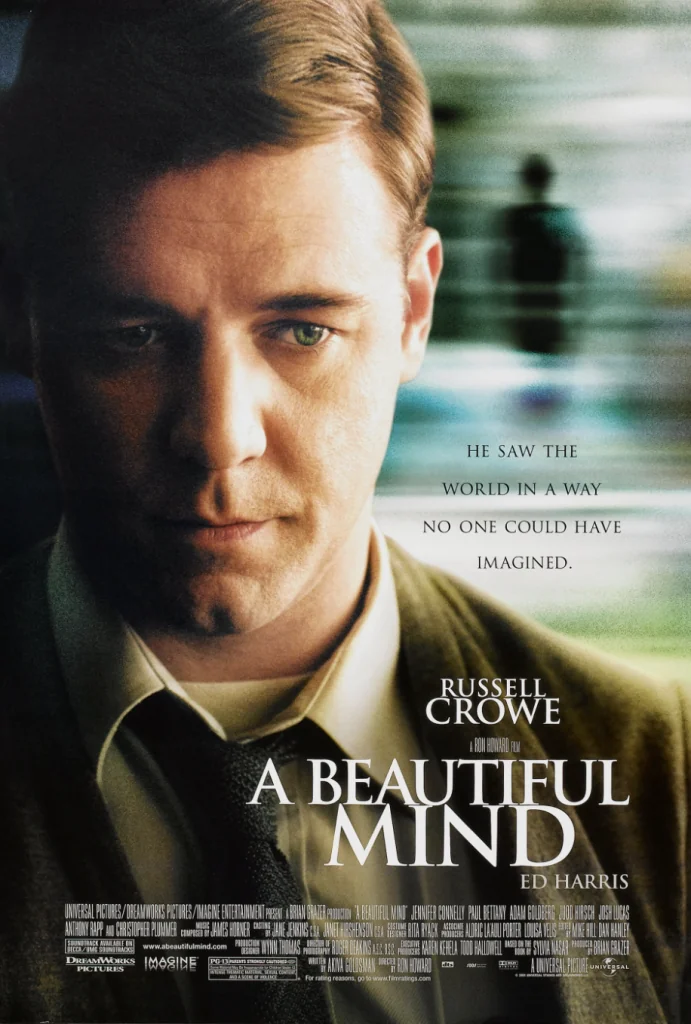
Laws and Protections
-
In Australia, autistic people are protected by the Disability Discrimination Act 1992, which makes it unlawful to discriminate against people with disability in education, employment, or access to services.
-
In New Zealand, the Human Rights Act 1993 and the New Zealand Bill of Rights Act 1990 safeguard the rights of disabled people, including autistic people, against discrimination.
-
New Zealand’s Autism Spectrum Disorder Guideline (first published 2008, updated 2016) sets out best practices for diagnosis, support, and service provision.
-
In both countries, autistic people can also access supports through disability schemes: Australia’s NDIS (National Disability Insurance Scheme) and New Zealand’s Whānau Ora and disability support services, though both systems face challenges in accessibility.
Barriers
-
Diagnosis delays are a major issue, especially for adults in New Zealand, where many report no public pathway to adult diagnosis.
-
Education inequality: autistic students in New Zealand are nearly three times more likely to be suspended or stood down than their peers. Access to funding (like the Ongoing Resourcing Scheme) makes a difference, but the process is complex and many miss out.
-
Social acceptance remains low: surveys suggest that only 1 in 5 autistic people in New Zealand feel accepted by society, pointing to ongoing stigma and exclusion.
-
Systemic barriers in both countries mean that many autistic people and families face long waits for assessment, limited services in rural areas, and inconsistent support depending on income and location.
Achievements
- The Autistic Self Advocacy Network Australia and New Zealand (ASAN AUNZ) is a leading voice for autistic-led advocacy, pushing for rights and systemic change.
- The Australian Autism Alliance unites organisations, service providers, and autistic people to drive national advocacy, including shaping the National Autism Strategy.
- Researchers in New Zealand are developing digital tools to support families awaiting diagnosis, helping close service gaps.
- Recognition of individual leaders, such as Joan McKenna Kerr in Australia, who received the Asia Pacific Autism Award for decades of service.
- Autistic creators and artists – like Tim Sharp (Laser Beak Man) in Australia and Susan Te Kahurangi King in New Zealand – are gaining international recognition for their work.
To find out about how I AM can offer support contact us at admin@i-am autism.org.uk or give us a call on 0161 866 8483

